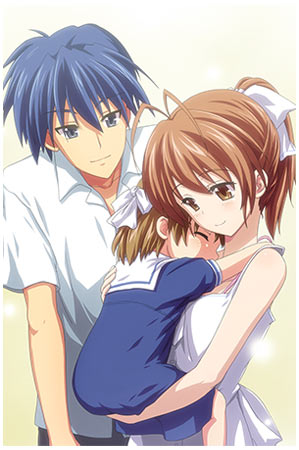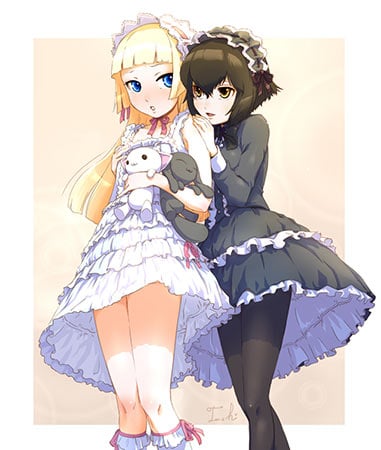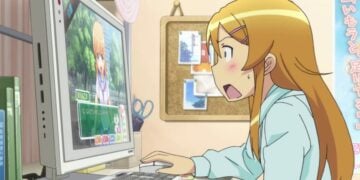Even before my wife and I became parents, we knew we wanted to give our children the gift of bilingualism. I’ve always been fascinated with how the brain adapts to thinking in two languages, and I’ve enjoyed watching the process in my kids as they grew up. Learning a language through immersion is the best way to attain a language, of course: my kids would start speaking English within hours of interacting with my American family or with kids they played with in the U.S. back when they were young. However, learning a new language in this unstructured way can lead to a kind of “raw” bilingualism in which children can function in both languages but lack the synaptic links between words, so eventually they had to study both languages properly just like the rest of us. How a person learns a language is heavily dependent on their personality, and my son and daughter went about the process in very different ways, with my son “pre-thinking” what he was going to say to avoid making mistakes and my daughter just opening her mouth to speak, nevermind what errors she might make. Sometimes my kids would have “English wars” which were amusing to watch. My daughter (who was great at natural pronunciation) would tease her brother by asking if he could pronounce difficult words like “perfect” “girl” “jewelry” and “it’s the rich aroma and full body of Excella that wakes the morning all around the world” (from a Meg Ryan Nescafé commercial) without a katakana accent, which was harder for him. He would counter by asking if she knew what “condensation” meant (a word he picked up in his science class), and of course she had no idea.

As parents, we’ve helped our kids grow up bilingually.















